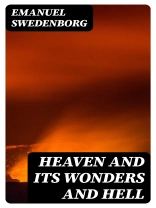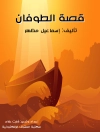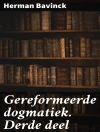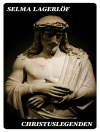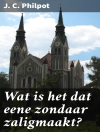Emanuel Swedenborg’s ’Heaven and its Wonders and Hell’ offers a profound exploration of the afterlife, intricately detailing the nature of heaven and hell through a unique blend of mysticism and rational inquiry. Written in the 18th century, this work exemplifies Swedenborg’s distinctive literary style, which bridges the realms of theology and science. Utilizing vivid imagery and allegorical narrative, he invites readers to engage with complex metaphysical concepts, fostering a deeper understanding of spiritual realities and the moral implications of human actions. Swedenborg’s meticulous observations of spiritual experiences are presented with both lucidity and authority, making his insights accessible to a wide audience while challenging prevailing religious doctrines of his time. Emanuel Swedenborg (1688-1772) was a Swedish scientist, philosopher, and theologian whose extensive background in natural sciences and engineering profoundly influenced his spiritual writings. Following a series of mystical experiences, Swedenborg devoted his later life to exploring and documenting the details of the spiritual world, believing that his revelations were intended to transform the understanding of faith. His unique position as a scientific mind turned spiritual seeker led to an innovative synthesis of intellect and spirituality, setting the stage for a deeper inquiry into the human soul’s journey. This book is a must-read for anyone intrigued by the intersections of spirituality, morality, and human existence. Swedenborg’s meticulous insights into the nature of the afterlife challenge readers to reflect upon their own beliefs and the implications of their actions. Whether one approaches it as a scholarly text or a spiritual guide, ’Heaven and its Wonders and Hell’ remains a significant contribution to the discourse on life beyond death.
Om författaren
Emanuel Swedenborg (1688–1772) was a Swedish polymath who, after a prolific career in science and engineering, underwent a spiritual transformation that led him to become a mystic, theologian, and writer on religious matters. His multidisciplinary endeavors spanned the fields of physics, astronomy, and anatomy before a series of spiritual experiences beginning around 1744 directed his focus toward the metaphysical and the divine. Swedenborg claimed to have visited heaven and hell and to have spoken with angels, demons, and departed souls, and his theological works detail these experiences and the visions he purportedly received. Among his numerous religious texts, one of the most renowned is ’Heaven and its Wonders and Hell, ’ which outlines a vivid and intricately structured vision of the afterlife, harmonizing Christian doctrine with his unique revelations. Swedenborg’s literary style combines empirical rigor—rooted in his scientific background—with a deeply allegorical and symbolic approach to spiritual matters. His works have influenced a broad range of writers and thinkers, from William Blake to Carl Jung, and continue to inspire the New Church (or Swedenborgianism), a religious movement founded on his theological teachings.
